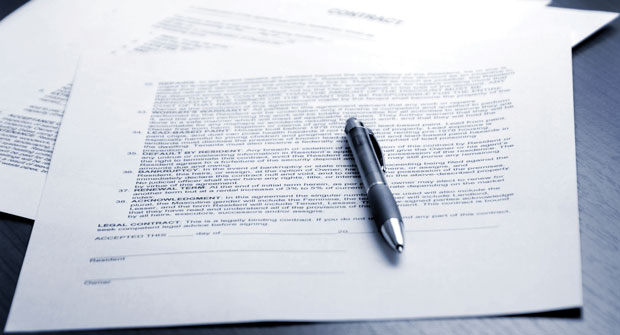If you’re in the snow business, you know that it has become a year-round endeavor, with important tasks to be done each month of the year. One of those important tasks for spring is to revise your snow contract templates. This may include contract templates for your sales, service partners, seasonal employment, etc.
Closely related to this task is updating your snow estimating model so that pricing is current for seasonal contracts (limited and unlimited), retainers, per push, per visit, per event and hourly formats.
Pricing
Before the estimating season begins, estimating models require annual updating. Armed with another winter’s data, 10-year averages, ceilings and floors need to be brought current. Production rates may be fine-tuned with additional data from last winter’s events. And selling prices for labor, materials, equipment and service partners all need adjusting to account for rising costs.
Many contractors have not yet fully brought their prices up to where they need to be. Lagging price adjustments erode profit margins, starve companies for cash and reduce the ability to reinvest. Costs for everything have risen dramatically in the last couple of years. Isn’t it time to bring your prices in line to achieve your profit objectives?
Contracts
Aside from pricing changes, spring is a great time to update the quality of your contracts. The snow business is inherently full of risk, but contractors take on even more risk by using contracts that are vague, ambiguous or unreadable.
It is still common today to see contracts written by ancient lawyers filled with legalese. It’s easier to copy and paste contract language than to draft new contract language. However, isn’t it time we put to bed the archaic legalese and replace it with plain language that everyone can understand? Drafting contracts in plain language is the new standard. It’s time we get on board by updating our contracts.
While you’re having your contracts updated into plain language, you will also want to consider the overall organization of provisions (clauses). These provisions fall into one of several categories: representations, warranties, covenants, conditions and actions. I often see contracts lacking in organization, making the contract difficult to understand. The use of clear headings promotes clarity and understanding.
Finally, snow contracts should be reviewed for missing provisions. There are more than 40 provisions that every snow contract should have. If you’d like a list of these, feel free to email me (phil.harwood@tamariskadvisors.com) for a complimentary copy.
In addition, if you’re interested in learning more about snow contracts and sales, please visit SnowfightersInstitute.com to see our educational event lineup for 2024.
Now go forth.


